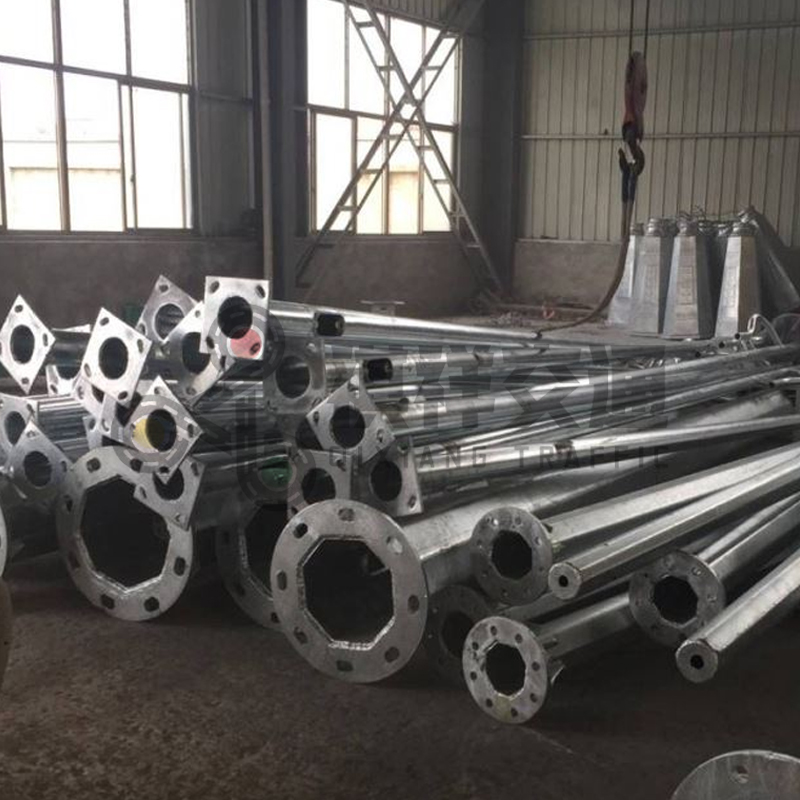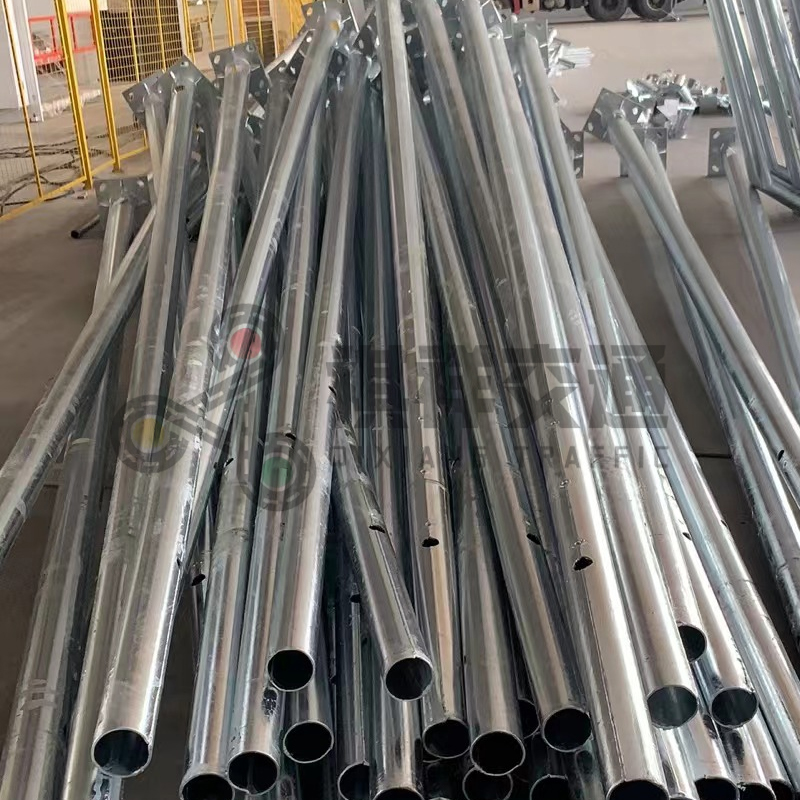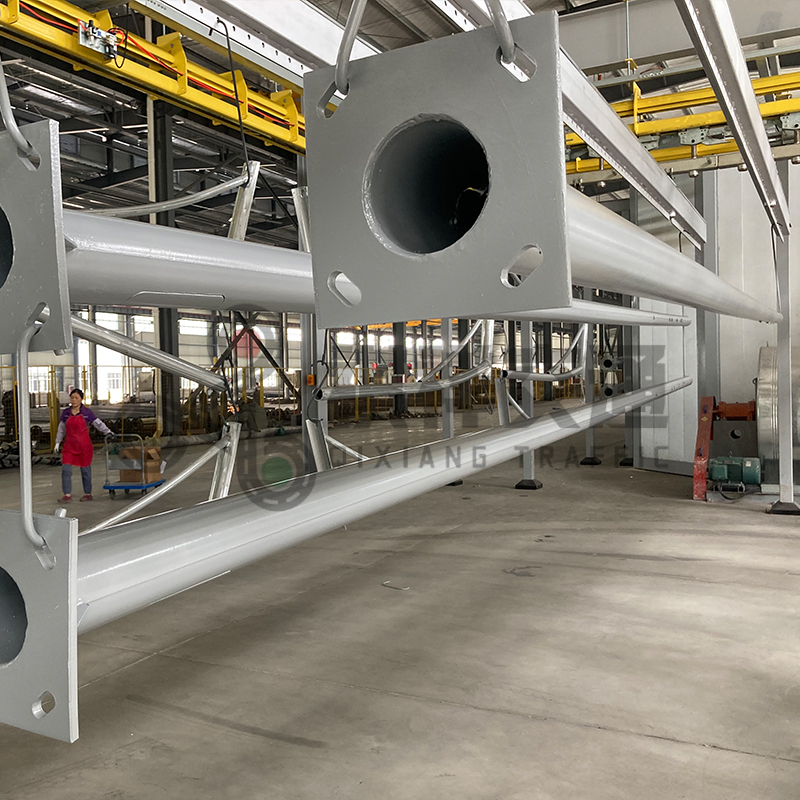Traffic signal poles are an essential component of road infrastructure, providing a means to display traffic signals and signs to regulate the flow of vehicles and ensure the safety of pedestrians. These poles come in various shapes, including octagonal, cylindrical, and conical, each with its own unique features and benefits. In this article, we will explore the different shapes of traffic signal poles and their significance in the transportation industry.
Octagonal Traffic Signal Poles:
One of the most common shapes for traffic signal poles is octagonal. These poles are characterized by their eight-sided structure, which provides stability and strength to support the weight of traffic signals and signs. The octagonal shape allows for easy installation of multiple signal heads, making it suitable for intersections with heavy traffic flow.
The design of octagonal traffic signal poles also allows for efficient cable management, as the multiple sides provide ample space for routing and securing electrical wires. This ensures a neat and organized installation, reducing the risk of cable damage and simplifying maintenance procedures.
Cylindrical Traffic Signal Poles:
Cylindrical traffic signal poles are another popular choice in the transportation industry. These poles feature a smooth, rounded shape that offers a sleek and modern aesthetic. The cylindrical design provides a streamlined appearance, making it an ideal option for urban environments and architectural settings where visual appeal is important.
In addition to their visual appeal, cylindrical traffic signal poles are known for their versatility and adaptability. They can be easily customized to accommodate various mounting options, such as side-mounted signal heads or overhead cantilever arms. This flexibility makes cylindrical poles suitable for a wide range of traffic management applications, from pedestrian crossings to highway intersections.
Conical Traffic Signal Poles:
Conical traffic signal poles are characterized by their tapered shape, which offers a unique combination of strength and aesthetics. The conical design provides structural integrity, allowing the pole to withstand wind loads and other environmental factors. This makes conical poles a reliable choice for locations prone to harsh weather conditions.
Furthermore, the tapered shape of conical traffic signal poles offers a visually appealing profile that can complement the surrounding landscape. Whether installed in urban or rural areas, the conical design adds a touch of elegance to the streetscape while fulfilling its functional purpose of supporting traffic signals and signs.
Each of these traffic signal pole shapes has its own set of advantages, and the choice of shape depends on the specific requirements of the installation site. Factors such as traffic volume, environmental conditions, and aesthetic considerations play a crucial role in determining the most suitable shape for a traffic signal pole.
In conclusion, traffic signal poles are an integral part of the transportation infrastructure, and their shape plays a significant role in their functionality and visual impact. Whether octagonal, cylindrical, or conical, each shape offers unique benefits that cater to the diverse needs of traffic management. By understanding the characteristics of these different shapes, transportation authorities and urban planners can make informed decisions when selecting traffic signal poles for their respective projects.
Please come to contact traffic signal pole manufacturer Qixiang to get a quote, we support various styling customizations.
Post time: Mar-19-2024









